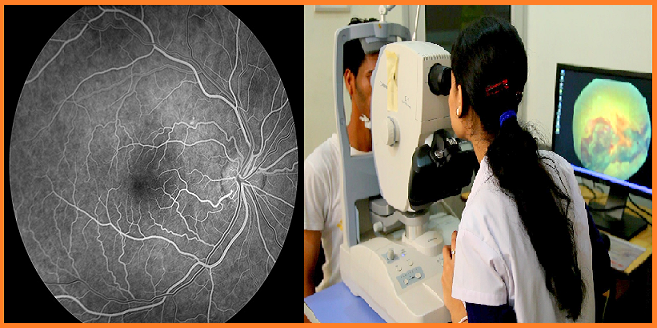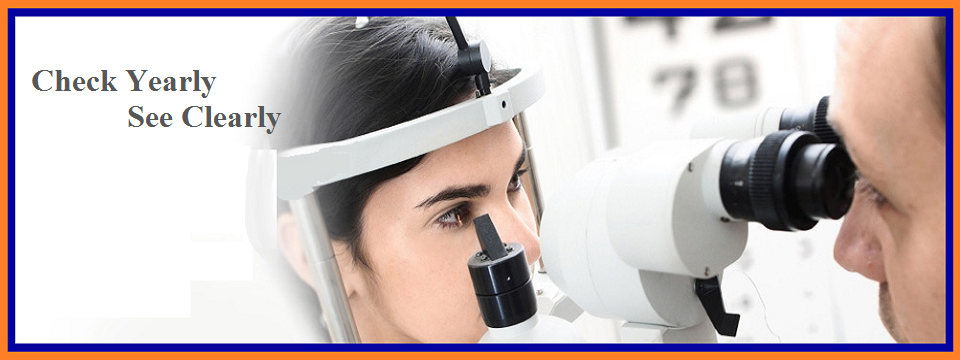FLUORESCEIN ANGIOGRAPHY
Fluorescein Angiography is a technique for examining the circulation of the retina and choroid using a fluorescent dye and a specialized camera. It involves injection of sodium fluorescein into the systemic circulation, and then an angiogram is obtained by photographing the fluorescence emitted after illumination of the retina with blue light at a wavelength of 490 nanometers. The test uses the dye tracing method. The fluorescein dye also reappears in the patient urine, causing the urine to appear darker, and sometimes orange. It can also cause discolouration of the saliva. Fluorescein angiography is one of several health care applications of this dye, all of which have a risk of severe adverse effects. See fluorescein safety in health care applications. Fluorescein angiography does not involve the use of ionizing radiation.
Regular eye exams are critical for detecting:
> Glaucoma
> Cataracts
> Diabetic Retinopathy
> Age-related Macular degeneration (AMD)













